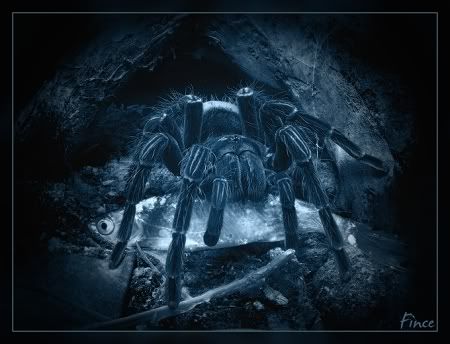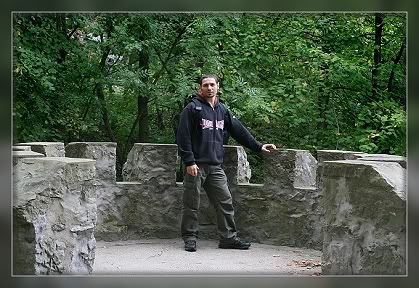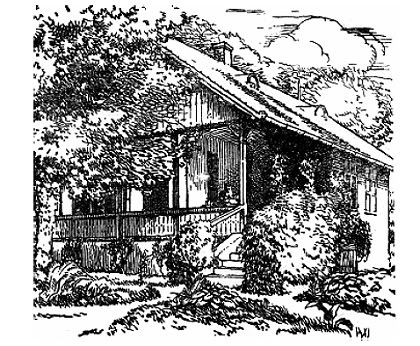
Kicsit nagyobb méretben itt található a kép.






 A huszárpókok ezen jellegek alapján 3 csoporba sorolhatók: az alapcsoport alig módosult tüskékkel bír, ezek valószínűleg a tapogatólábbal mérik egymás erejét, a típuscsoport melynek középtüskéi szarvakká - kardokká módosultak, illetve a párbajhős csoport (ide tartozik a 9 fajból 5, vagyis több, mint a fele), ahova Cyrano is tartozik, melyek ezeket a kardokat egy hosszúkás orrszerű képződményen viselik (a fajok rajzos összefoglalója itt található).
A huszárpókok ezen jellegek alapján 3 csoporba sorolhatók: az alapcsoport alig módosult tüskékkel bír, ezek valószínűleg a tapogatólábbal mérik egymás erejét, a típuscsoport melynek középtüskéi szarvakká - kardokká módosultak, illetve a párbajhős csoport (ide tartozik a 9 fajból 5, vagyis több, mint a fele), ahova Cyrano is tartozik, melyek ezeket a kardokat egy hosszúkás orrszerű képződményen viselik (a fajok rajzos összefoglalója itt található).





















 Idén is megrendezésre kerül a Magyar Pókász Találkozó. Természetesen az idén is tartok előadást, melynek címe "Kerekháló eredete és evolúciója: molekuláris és morfológiai bizonyítékok". Az előadás angolul elhangzott Berkeleyben, Bernben, Salta-ban most pedig először magyarul. Az előadás anyaga még nem jelent meg így gyakorlatilag a legfrissebb kutatási eredményekről beszélek majd.
Idén is megrendezésre kerül a Magyar Pókász Találkozó. Természetesen az idén is tartok előadást, melynek címe "Kerekháló eredete és evolúciója: molekuláris és morfológiai bizonyítékok". Az előadás angolul elhangzott Berkeleyben, Bernben, Salta-ban most pedig először magyarul. Az előadás anyaga még nem jelent meg így gyakorlatilag a legfrissebb kutatási eredményekről beszélek majd.














 Dr. Laticia Aviles (U. British Columbia)Understanding spider sociality....and sociality, in general Tid: Tues 16th September at 1500h Sted: Auditorium A
Dr. Laticia Aviles (U. British Columbia)Understanding spider sociality....and sociality, in general Tid: Tues 16th September at 1500h Sted: Auditorium Aaddig is egy poszterösszefoglaló:
THE GUACHARO TARANTULA PSALMOPOEUS LANGENBUCHERI SCHMIDT ET AL. 2006 - ANOTHER SUBSOCIAL TARANTULA SPIDER (ARANEAE, THERAPHOSIDAE)? Rodriguez-Manzanilla, C.J.1 & B.F. Striffler2 1. Museo del Instituto de Zoología Agrícola, Francisco Fernández Yépez (MIZA), Facultad de Agronomía, Universidad Central de Venezuela, Apartado 4579, Maracay 2101, Aragua, Venezuela; 2. Nees-Institute for Biodiversity of Plants, University of Bonn, Germany Social behavior within the order Araneae, involving nest building, prey capture, feeding and brood care, has mostly been observed in araneomorph spiders. Reports on mygalomorph spiders are only scarce and referring to aggregations of members of the families Ctenizidae and Dipluridae (one species now recognized as a Theraphosidae). Within recent years certain stages of social behavior has been also been described for the family Theraphosidae, with the arboreal Poecilotheria from India and Sri Lanka showing the highest level of sociality. In the Neotropics until now only representatives of the fossorial genera (e.g. Holothele, Xenesthis and Pamphobeteus) are known to present a high tolerance exceeding the first three post embryonic instars. In the arboreal Avicularia or Psalmopoeus tolerance generally ends at least with the third stage. Observations of Psalmopoeus langenbucheri in the Venezuelan cloud forest already showed females tolerating older offspring, as well as specimens living relatively close to each other, with several spiders living on the same tree and even adults building the retreats within the same cracks. Under laboratory conditions it could be shown that females and their offspring live communally and feed together on large prey. Contrasting the generally low tolerance of other Psalmopoeus species the Venezuelan species P. langenbucheri shows a very high tolerance, no aggression among each other, very strong interattraction, as well as cooperation in hunting.
------------------------------------------------------------
Interactivity kérdés: melyik az a madárpók, amelyik szubszociális, és eredetileg a Dipluridae családban volt? Az abstractban félkövérrel kiemelve).